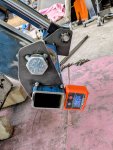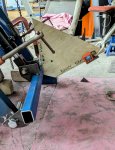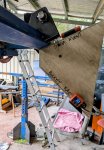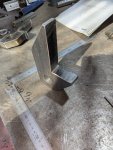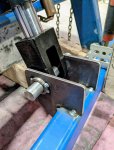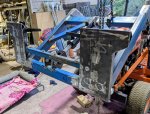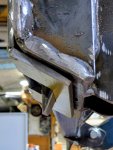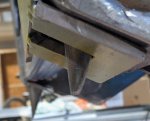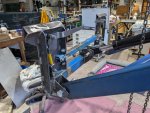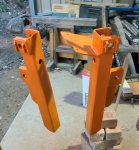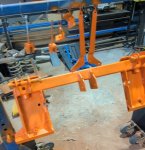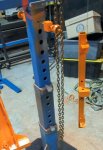Paul Allwood
Well-known member
Premium Member
Equipment
Kubota B7200HSTD, RC60-72H MMM, homemade FEL
Thanks Paul. You're right, I'll probably make the implements I'm going to use initially, at least for now. I hadn't considered the older style, and chose to make the SSQA style so that it is compatible with other things here in Australia if I do need to buy something, or even borrow an attachment from a friend. I'm also a bit far down the track to change now.If you haven't made your SSQA yet, you could consider instead doing the older proprietary Kubota quick attach. I only say this since it seems like all the implements you're going to use you're going to fabricate anyway. The Kubota quick attach is quite a bit lighter than an SSQA setup. I ended up putting one on my B2601 since in New Zealand basically nobody has SSQA, and I would have had to special order it. It was just as easy to order the older quick attach, and it meant I didn't have to modify my bucket.



